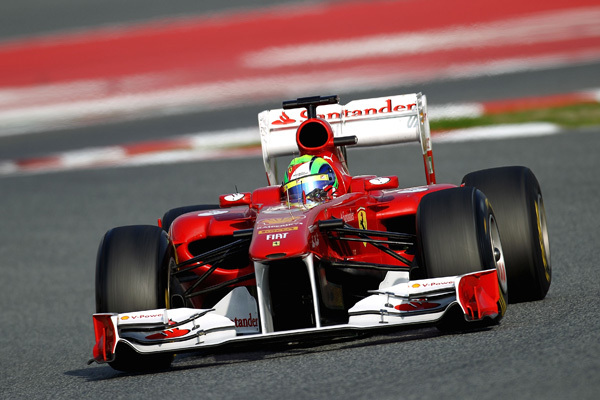
PMI Foam: The Unsung Hero of Formula 1 Aerodynamics
In the high-octane, relentlessly competitive world of Formula 1, every millisecond counts. Teams are in constant pursuit of any advantage, no matter how marginal, pushing the boundaries of engineering and materials science. While carbon fiber often steals the spotlight for its lightweight strength, a crucial supporting player in achieving peak aerodynamic performance is PMI foam. This high-performance polymethacrylimide foam might not be the most glamorous material, but its unique properties make it an indispensable component in the intricate aerodynamic packages that define modern F1 cars.
The Aerodynamic Battleground and the Need for Lightweight Strength
Formula 1 cars are essentially rolling laboratories of aerodynamics. From the front wing to the rear diffuser, every surface is meticulously sculpted to manage airflow, generate downforce for cornering grip, and minimize drag for straight-line speed. Achieving this delicate balance requires materials that are not only incredibly strong to withstand immense aerodynamic loads but also exceptionally lightweight to maintain overall car agility and performance. Adding unnecessary weight compromises acceleration, braking, and handling – all critical aspects of racing success.
PMI Foam: The Ideal Core Material
This is where PMI foam shines. As a rigid, closed-cell structural foam, PMI (polymethacrylimide) offers an exceptional strength-to-weight ratio. It's typically used as a core material in composite sandwich structures, sandwiched between thin, stiff skins of carbon fiber. This construction method provides several key advantages for F1 aerodynamic components:
- Unrivaled Weight Reduction: The primary benefit of PMI foam is its low density. By utilizing it as a core, engineers can create significantly lighter components compared to solid laminates of carbon fiber or other materials. This weight saving translates directly to improved car performance.
- Enhanced Stiffness and Rigidity: Despite its low weight, PMI foam provides excellent stiffness. This is crucial for aerodynamic elements like wings, flaps, and undertrays, which must maintain their precise shape under high aerodynamic loads to function effectively. Any unwanted flexing or deformation can negatively impact airflow and reduce downforce or increase drag.
- Superior Vibration Damping: The cellular structure of PMI foam helps to dampen vibrations. In the harsh environment of an F1 car, where vibrations are constant, this property contributes to the longevity and reliability of the aerodynamic components. It also helps maintain the integrity of bonded joints and prevents fatigue failures.
- Complex Shape Capability: PMI foam is easily machinable and can be formed into complex three-dimensional shapes. This allows designers greater freedom in creating highly optimized aerodynamic surfaces that precisely control airflow. Achieving such intricate geometries with other materials can be more challenging and expensive.
- Improved Impact Resistance: The energy-absorbing properties of PMI foam can also enhance the impact resistance of composite structures, providing an added layer of safety in the event of collisions or debris strikes.
Applications of PMI Foam in Formula 1
PMI foam is found in various critical aerodynamic components of a modern F1 car, including:
- Front and Rear Wings: The main planes and intricate flap elements of the wings often utilize PMI foam cores to achieve the necessary stiffness and lightweight construction for optimal downforce generation.
- Undertray and Bargeboards: These large, complex aerodynamic devices play a crucial role in managing airflow under and around the car. PMI foam cores help maintain their shape and minimize weight.
- Bodywork and Fairings: Certain sections of the car's bodywork, particularly those with complex curves and aerodynamic functions, may incorporate PMI foam for weight reduction and shaping capabilities.
- Diffuser Elements: The intricate channels and strakes of the rear diffuser, critical for generating downforce from the underfloor airflow, can also benefit from the lightweight stiffness provided by PMI foam.
The Future of PMI Foam in F1
As Formula 1 continues its relentless pursuit of aerodynamic efficiency and weight reduction, PMI foam will undoubtedly remain a vital material. Ongoing research and development are likely to further enhance its properties and expand its applications within F1 cars. Its ability to provide lightweight stiffness and facilitate complex geometries makes it an indispensable tool for engineers striving for that crucial competitive edge. While it may remain an "unsung hero" in the eyes of the casual observer, within the technical heart of Formula 1, PMI foam plays a pivotal role in achieving the pinnacle of motorsport performance.

PMI Foam
Latest News




